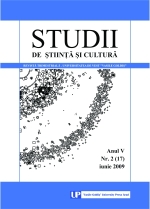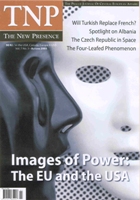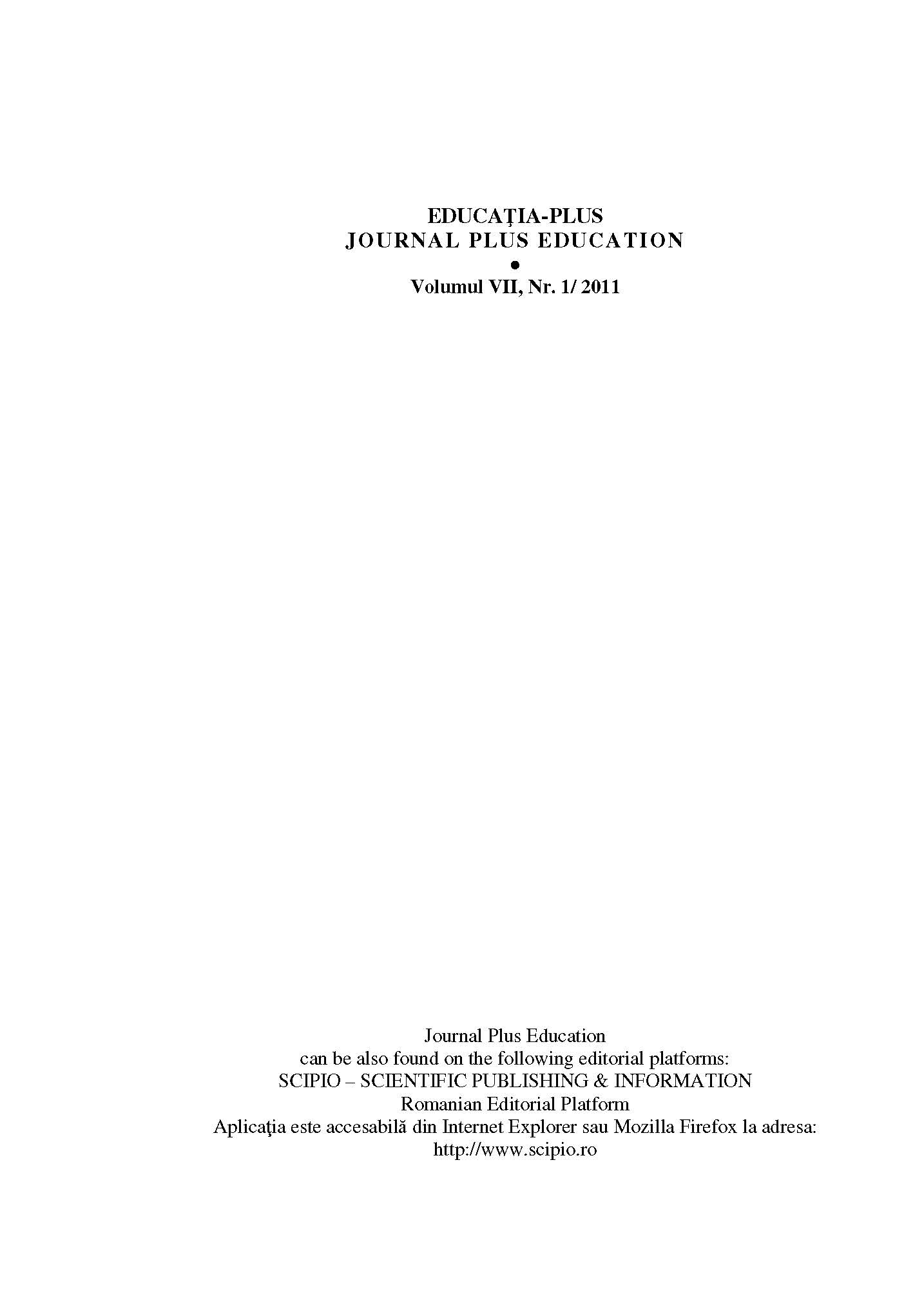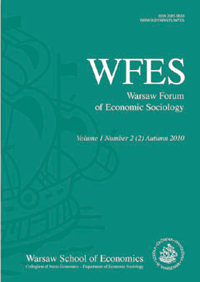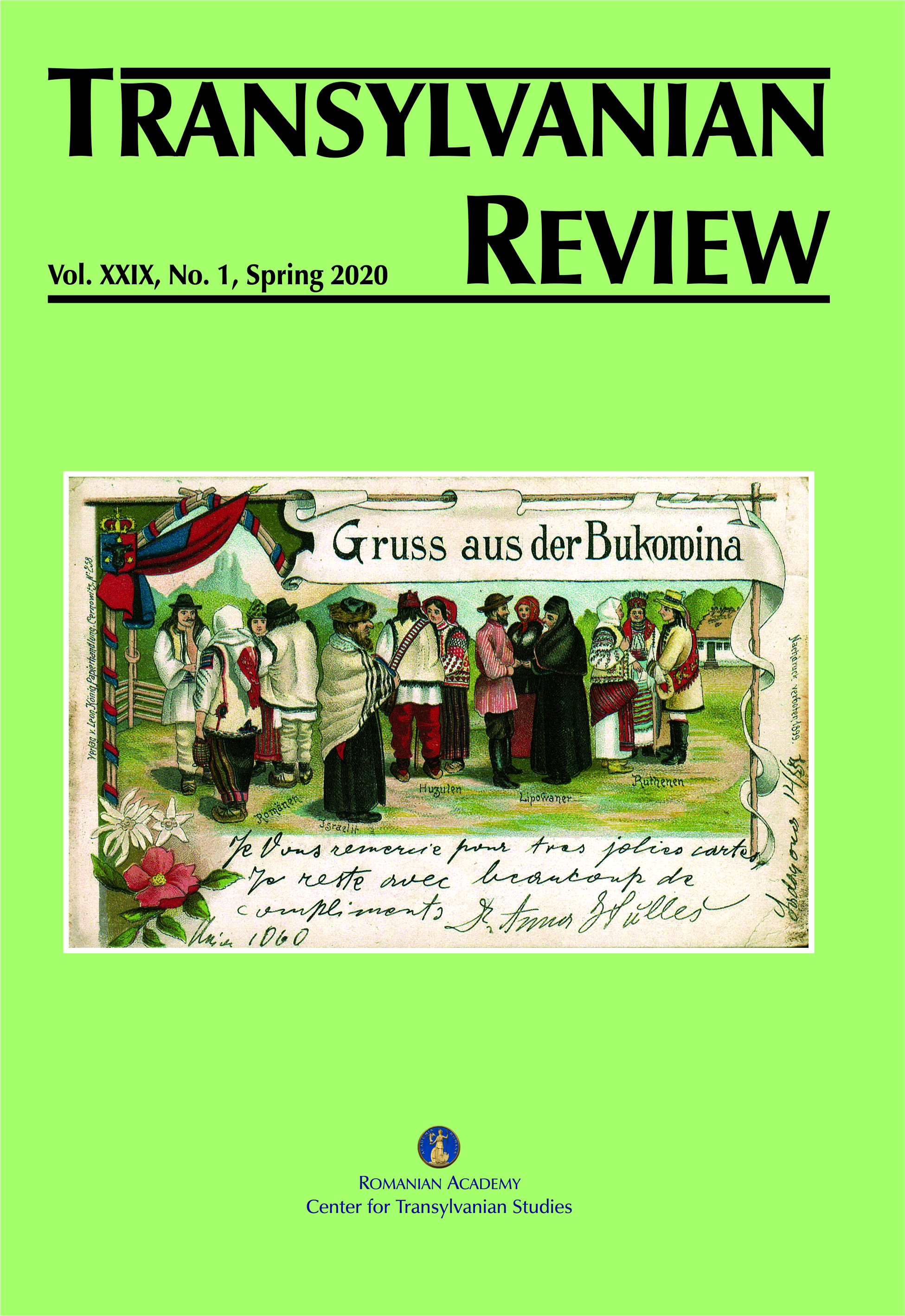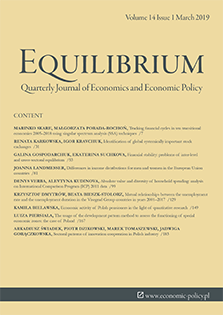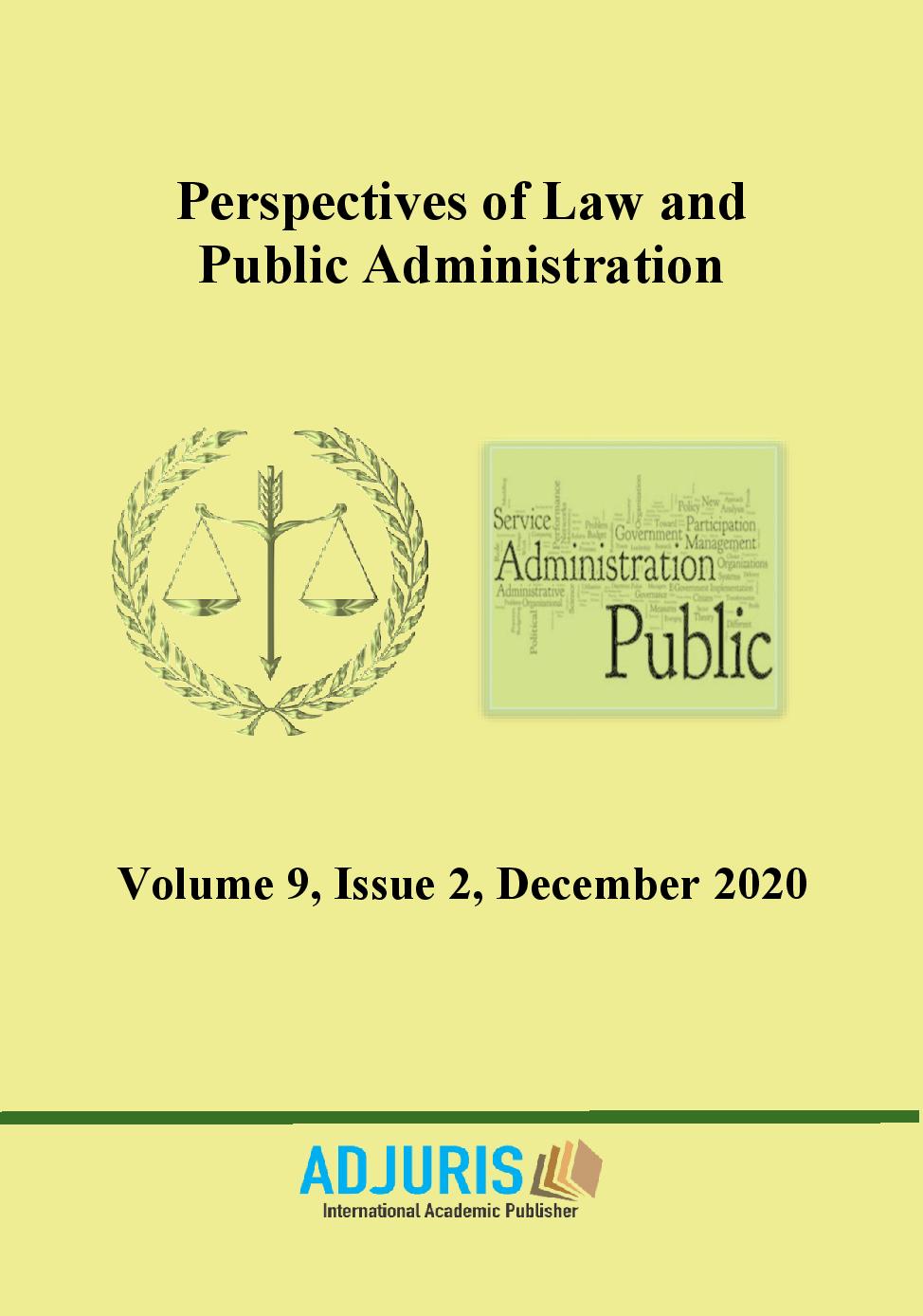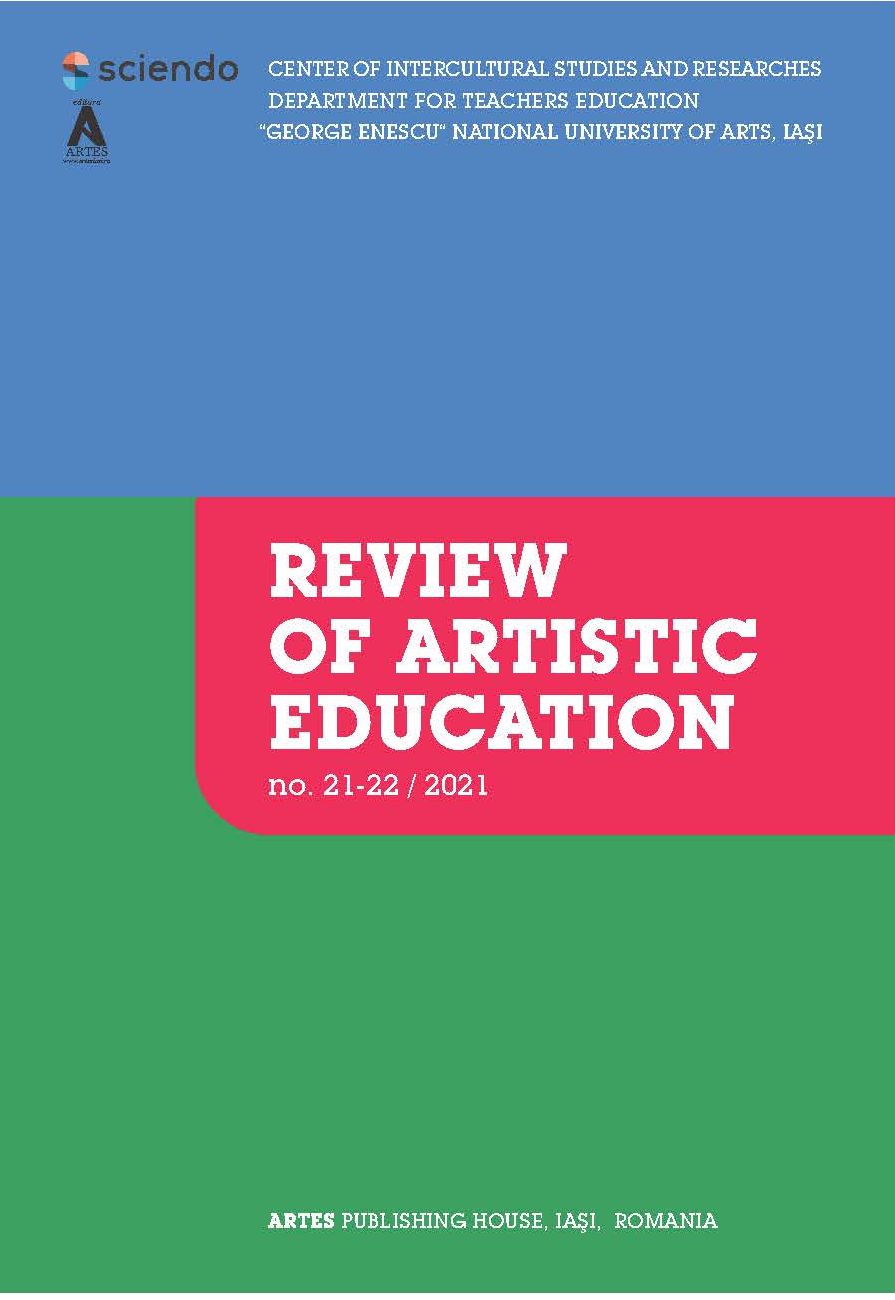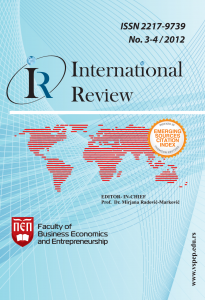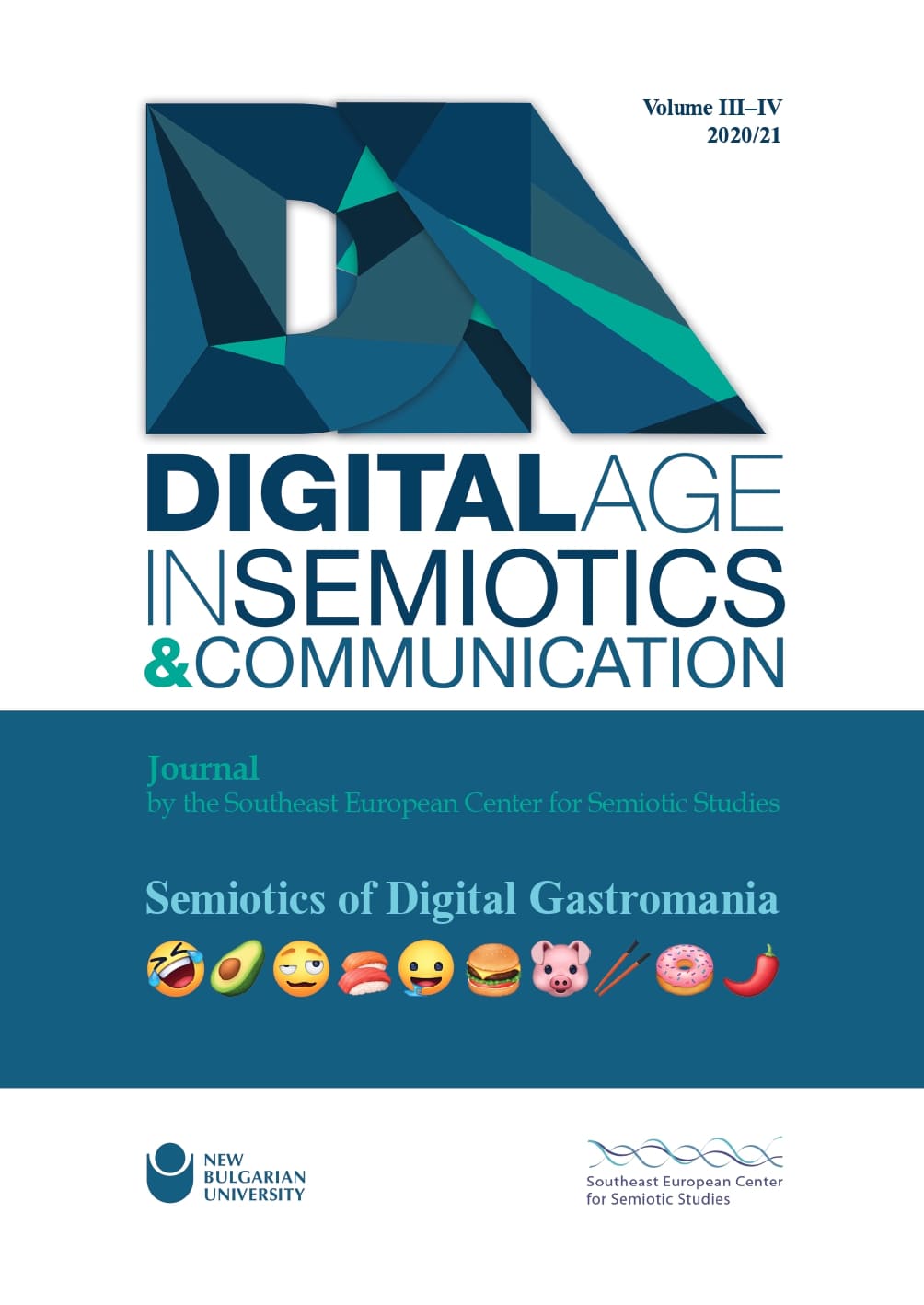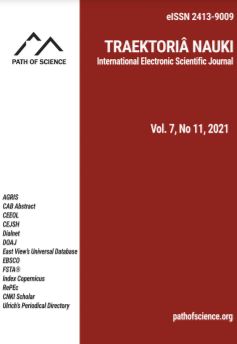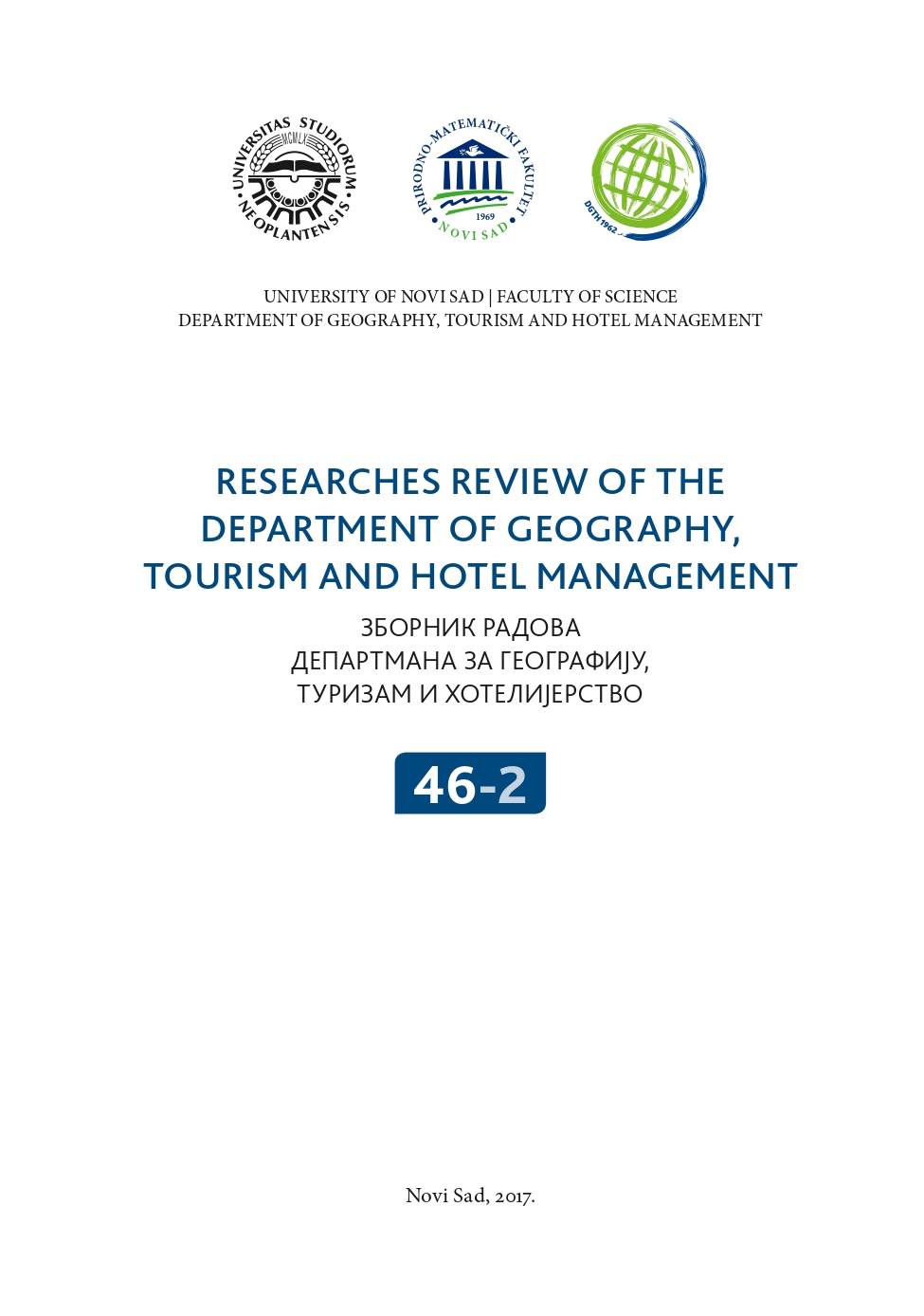Sectoral patterns of innovation cooperation in Polish industry
Author(s): Arkadiusz Świadek,Piotr Dzikowski,Marek Tomaszewski,Jadwiga Gorączkowska / Language(s): English
/ Issue: 1/2019
Keywords: innovation; industry; technology; sectoral patterns;
Research background: Contemporary research on industry concentrates on the relations between enterprises and their environment. Research on industrial structures conducted throughout the world, including Poland, are not extensive and limited due to the confidentiality of statistics. K. Pavitt (1984) was the first researcher who evaluated the relationship between industry structure and innovation activity. According to Pavitt, innovation dynamics and trajectory depend on the structure of domestic industry and is unique. In Poland T. Rachwal (2010) determined that over the studied years, changes in the indicator defining diversification in industrial divisions were minimal, but at the same time there was an observable fall in the importance of traditional divisions, such as the production of clothing, textiles, and the leather. In contrast, divisions as the production of metal, rubber, and plastic goods increased their share in terms of employees, as did furniture and vehicle manufacturing. Purpose of the article: The purpose of the paper is to identify sectoral patterns of innovation cooperation as revealed by data on about 5209 Polish enterprises. The authors attempt to find the answer to the following three questions: (1) Is the domestic aggregation sufficient for stimulating innovation cooperation in the Polish industry? (2) Is there any sectoral heterogeneity in innovation cooperation? (3) Are enterprises representing high technology industries the most involved in innovation cooperation? The main goal of the study was an attempt to seek out the directions and influence of various industries on the innovation cooperation of enterprises in Poland. Methods: Empirical data that served as the basis for conducting calculations were collected with the help of a questionnaire survey sent to industrial companies throughout Poland. A total of 5,209 properly completed forms were collected. The average rate of return was 11,6%. The collection was held over the years 2008–2013. The methodological part of the study was developed using the logistic regression method based on probability theory of the study. Findings & Value added: The study has shown that the higher the technology, the more often enterprises cooperate in the area of innovation. The research has not only shown the specifics of the domestic industrial system as well its level of technological advancement, but it has also taken into account the significance and input into the analyzed system.
More...



